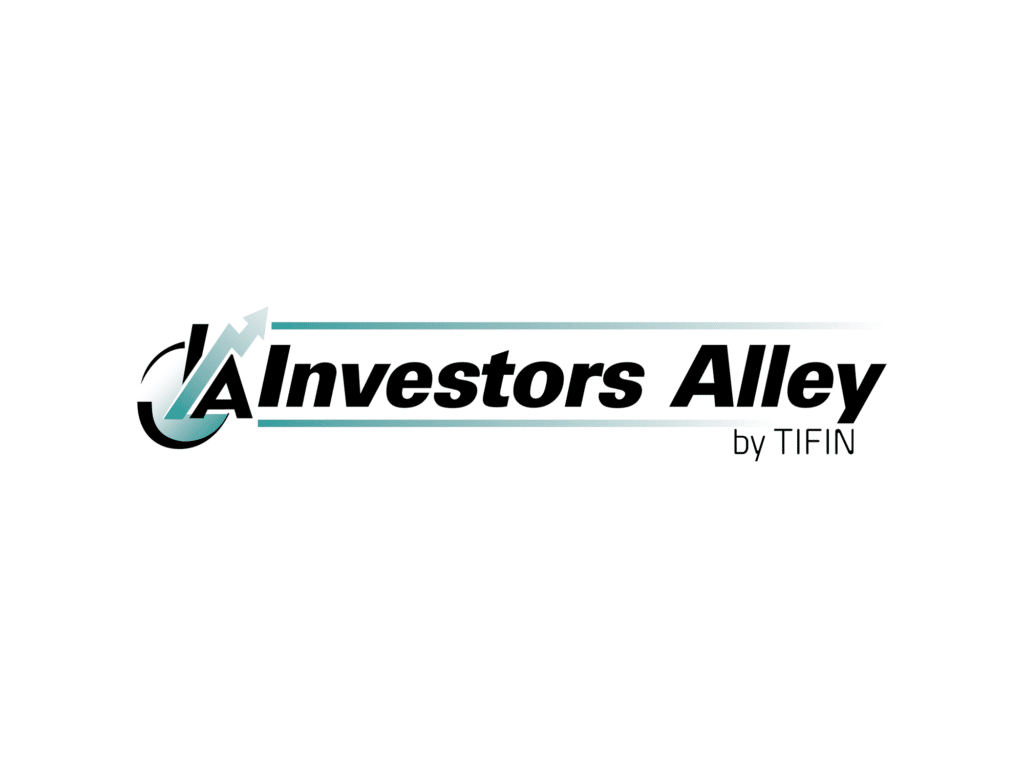ETFs For Increasing Military Spending
As we approach the one-year anniversary of the start of the Russian-Ukraine war, we are seeing more evidence that a significant boom is continuing in the defense industry.
I know what you may be thinking… the rally in defense stocks has already occurred, and the time to buy these stocks was at the start of the war in Ukraine.
While that would have been the ideal time to buy defense stocks, just because you didn’t buy back then doesn’t mean now is also not a good time to buy.
Let me explain why now is an excellent time to buy defense stocks, or better yet, Exchange Traded Funds that focus on defense stocks, and then I will give you a few different defense ETFs that you can buy today.
The Foundation for Defense of Democracies Center on Military and Political Power recently estimated that the total spending required by United States NATO allies could be as high as $21.7 billion to replace military equipment given to Ukraine to fight the war with Russia.
That number could be higher or lower based on how different countries decide to replace arms that were given to Ukraine, but the point is if NATO member countries want to build their own militaries back up to meet the level they were before the Russian-Ukraine war began, a lot of money will need to be spent, to get them back to par.
Furthermore, based on the situation in Ukraine, many believe that we will not only see countries replenish their weapons stockpiles but increase what they have in reserve.
Additionally, we are seeing more countries apply for acceptance into NATO since the Russian invasion of Ukraine. As we see NATO increase in size, it is likely that the alliance will also increase its own arms stockpile.
Ideally, the Russian-Ukraine war will end soon, and this conflict will be a short-term catalyst for defense spending.
But even if you are on the fence about the defense industry in the short term, the long-term prospects of the industry still look good.
Besides a slight year-over-year dip in spending in 2012, worldwide military spending has nearly doubled since the late 1990s, going from just over $1.1 trillion to $2.1 trillion in 2021.
More so than other industries, the defense industry is one in which cherry-picking individual stocks is challenging. The best way to play the never-ending spending in this field is with exchange-traded funds that own a basket of companies operating in the space.
Let’s take a look at a few ETFs that will give you good exposure to the industry.
To start, we have the largest, based on assets under management, defense-focused ETF, the iShares U.S. Aerospace & Defense ETF (ITA).
ITA has $4.95 billion under management, an expense ratio of 0.39%, and a yield of 0.97%. The fund currently holds 37 positions, with the top ten holdings representing 72% of the fund.
More so, Raytheon Technologies (RTX) makes up more than 21% of the ETF. Over the past three months, ITA is up 9.98% but down 2.24% year-to-date. Over a longer term, the fund is down 0.95% over the last three years; however, it is up 13.28% annually over the previous ten years.
The Invesco Aerospace & Defense ETF (PPA) is an ETF that is slightly less top-heavy but still gives you similar exposure.
PPA has 55 holdings, with the top ten representing 53% of the fund and Boeing (BA) holding the top spot with 7.65% of assets. Raytheon holds the second spot with 7.05% of the ETFs assets. PPA also pays an 0.84% yield and has an expense ratio of 0.61% while having $1.71 billion in assets.
Two other defense ETF options are the SPDR S&P Kensho Future Security ETF (FITE) and the SPDR S&P Aerospace & Defense ETF (XAR).
These are both ETFs that have some companies that operate directly in the defense sector, but they also hold a large number of companies that operate in defense-related industries but are not directly related to weapons manufacturing.
For example, XAR holds a lot of space-related stocks, such as Virgin Galactic (SPCE). In contrast, FITE holds several companies that operate in the communications industry, like Iridium Communications (IRDM) and Broadcom Inc (AVGO).
One other option to look at if you are incredibly bullish on the defense industry is the Direxion Daily Aerospace & Defense Bull 3X Shares ETF (DFEN).
DFEN is a three-times leveraged bullish ETF that will give you maximum exposure to the upside if defense stocks rally in the near future. However, due to the nature of this ETF, it should only be held for short periods, or contango will eat away at any gains you realize from owning it.
DFEN has an expense ratio of 0.96% with $181 million in assets. It is up more than 25% over the last three months but down more than 7% year-to-date.
The biggest issue with investing in defense-focused ETFs is that none of the current options are focused solely on defense stocks. They all hold a combination of defense and aerospace companies, which usually move together but may not give you absolute defense stock exposure.
Matt ThalmanINO.com ContributorFollow me on Twitter @mthalman5513
Disclosure: As of this writing, Matt Thalman owned Iridium Communications. This article is the opinion of the contributor themselves. The above is a matter of opinion provided for general information purposes only and is not intended as investment advice. This contributor is not receiving compensation (other than from INO.com) for their opinion.
ETFs For Increasing Military Spending Read More »



